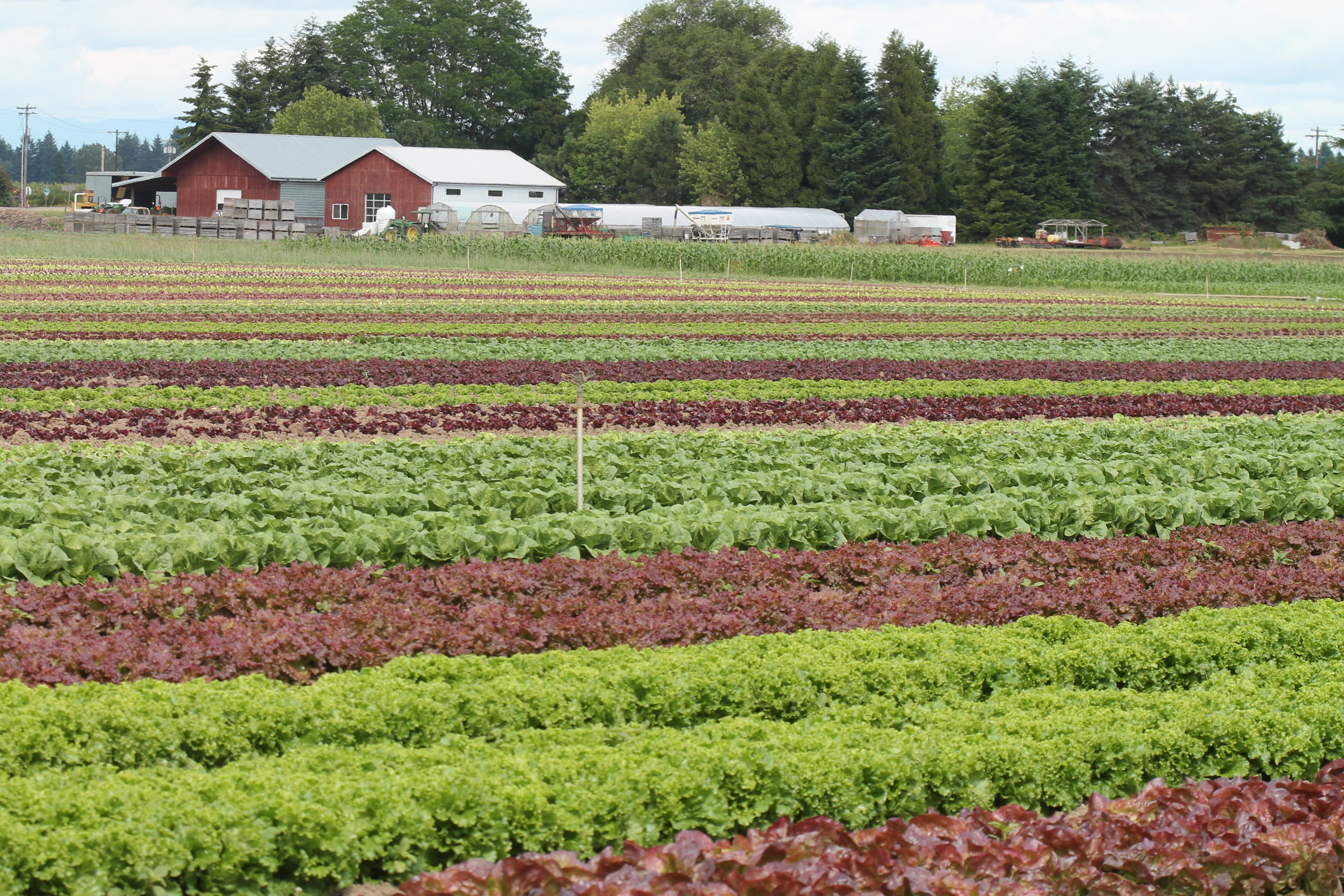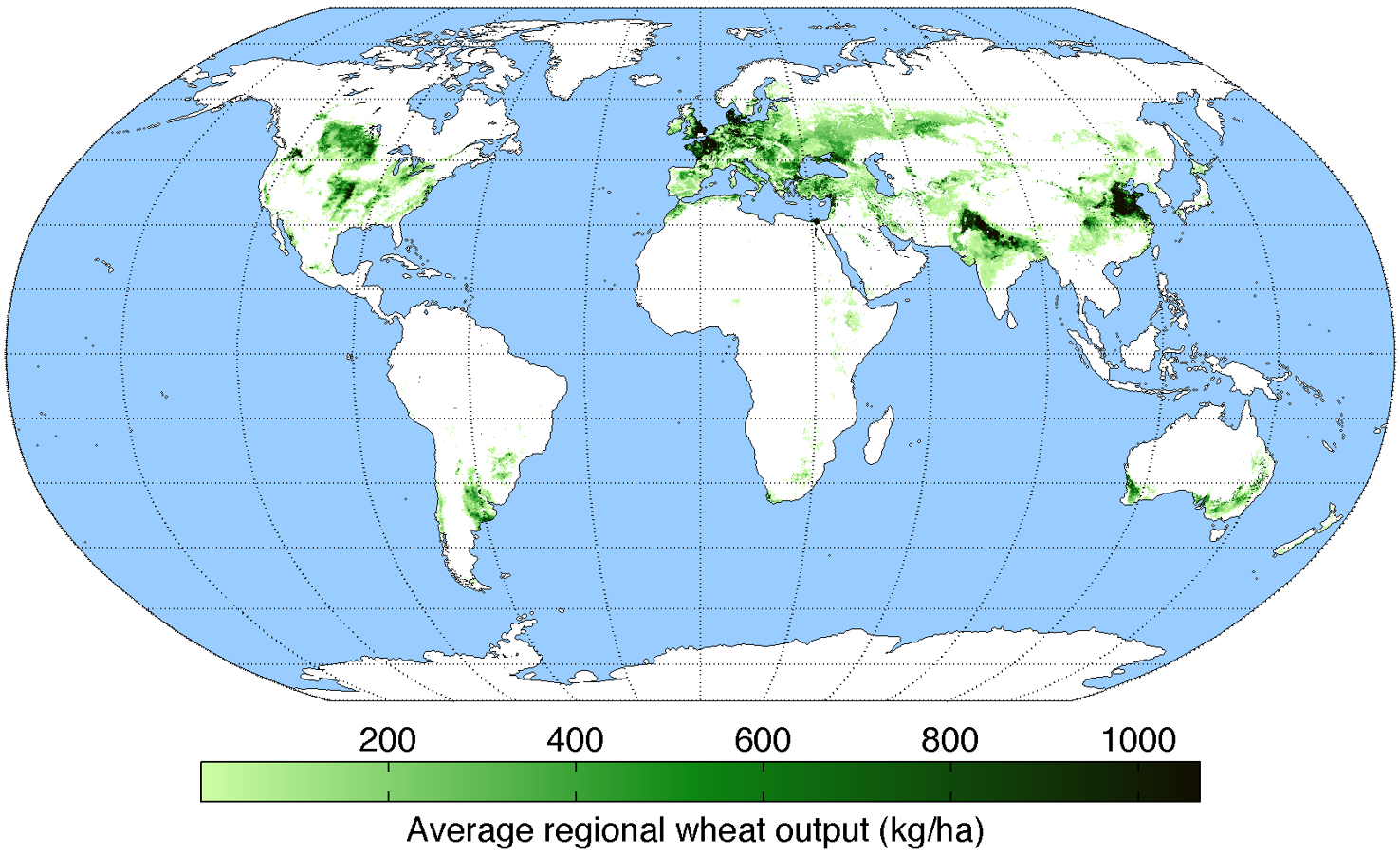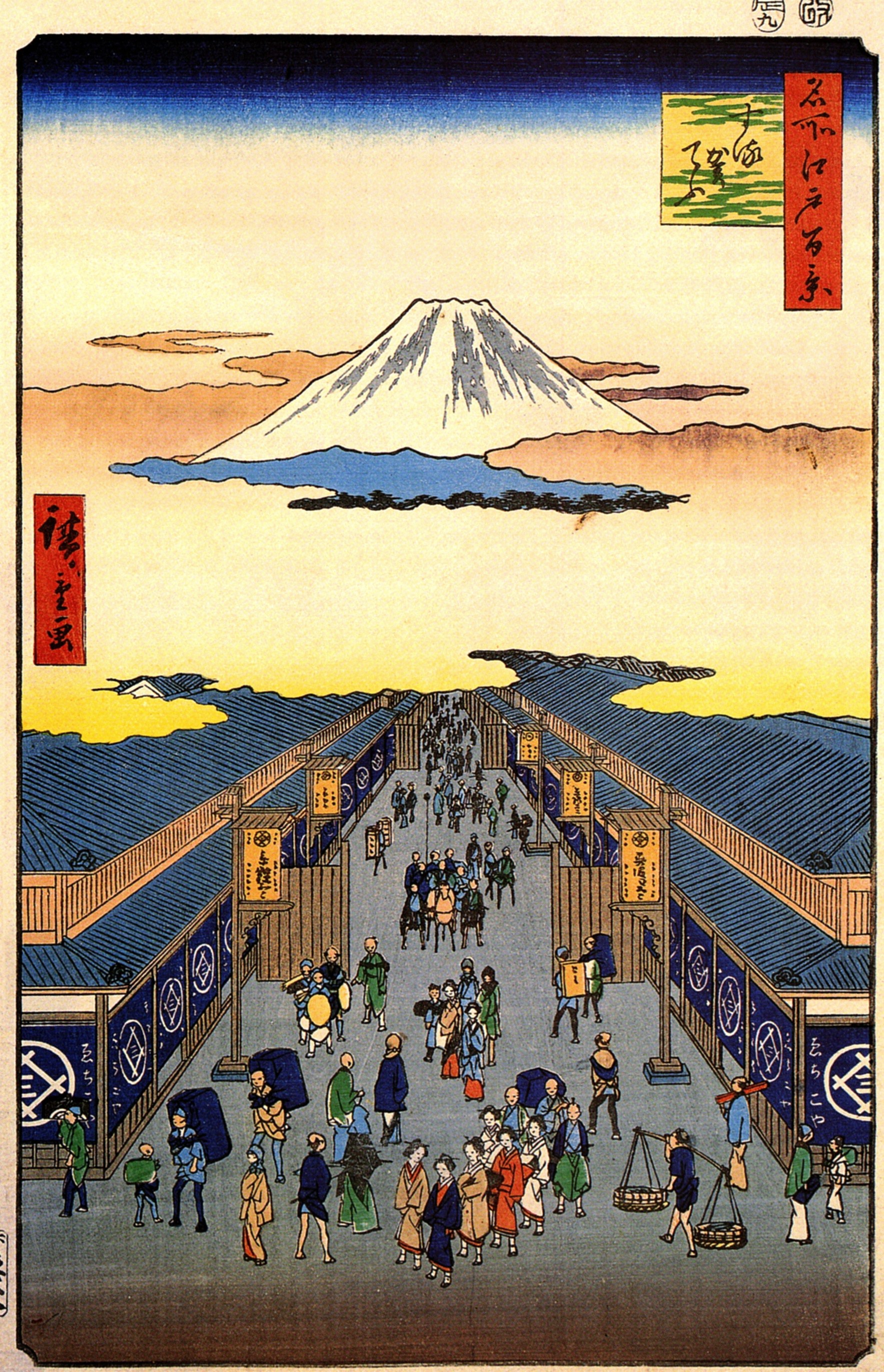|
Teikei
is a system of community-supported agriculture in Japan, where consumers purchase food directly from farmers. Teikei is closely associated with small-scale, local, organic farming, and volunteer-based, non-profit partnerships between producers and consumers. Millions of Japanese consumers participate in teikei. It is widely cited as the origin of community-supported agriculture around the world. While there is some disagreement as to the "first" teikei group, the concept can be traced back to the mid-1960s, when a group of Japanese women banded together to purchase fresh milk. A general movement towards consumer-farmer partnerships in Japan in the late 1960s and early 1970s was driven by environmental issues and distrust of the quality of food in the conventional food system. One of the founding teikei groups, the Japan Organic Agriculture Association (JOAA), founded in 1971, describes teikei as "an idea to create an alternative distribution system, not depending on the conven ... [...More Info...] [...Related Items...] OR: [Wikipedia] [Google] [Baidu] |
Community-supported Agriculture
Community-supported agriculture (CSA model) or cropsharing is a system that connects producers and consumers within the food system closer by allowing the consumer to subscribe to the harvest of a certain farm or group of farms. It is an alternative socioeconomic model of agriculture and food distribution that allows the producer and consumer to share the risks of farming. The model is a subcategory of civic agriculture that has an overarching goal of strengthening a sense of community through local markets. In return for subscribing to a harvest, subscribers receive either a weekly or bi-weekly box of produce or other farm goods. This includes in-season fruits, vegetables, and can expand to dried goods, eggs, milk, meat, etc. Typically, farmers try to cultivate a relationship with subscribers by sending weekly letters of what is happening on the farm, inviting them for harvest, or holding an open-farm event. Some CSAs provide for contributions of labor in lieu of a portion of ... [...More Info...] [...Related Items...] OR: [Wikipedia] [Google] [Baidu] |
Food System
The term food system describes the interconnected systems and processes that influence nutrition Nutrition is the biochemical and physiological process by which an organism uses food to support its life. It provides organisms with nutrients, which can be metabolized to create energy and chemical structures. Failure to obtain sufficient n ..., food, health, community development, and agriculture. A food system includes all processes and infrastructure involved in feeding a population: growing, harvesting, processing, Food packaging, packaging, transporting, Agricultural marketing, marketing, consumption, Food distribution, distribution, and disposal of food and food-related items. It also includes the inputs needed and outputs generated at each of these steps. Food systems fall within agri-food systems, which encompass the entire range of actors and their interlinked value-adding activities in the primary production of food and non-food agricultural products, as well as in foo ... [...More Info...] [...Related Items...] OR: [Wikipedia] [Google] [Baidu] |
Economy Of Japan
The economy of Japan is a highly developed social market economy, often referred to as an East Asian model. It is the third-largest in the world by nominal GDP and the fourth-largest by purchasing power parity (PPP). It is the world's second-largest developed economy. Japan is a member of both the G7 and G20. According to the World Bank, the country's per capita GDP (PPP) was at $40,193 (2020). Due to a volatile currency exchange rate, Japan's GDP as measured in dollars fluctuates sharply. Accounting for these fluctuations through the use of the Atlas method, Japan is estimated to have a GDP per capita around $39,048. The Japanese economy is forecast by the Quarterly Tankan survey of business sentiment conducted by the Bank of Japan. The Nikkei 225 presents the monthly report of top blue chip equities on the Japan Exchange Group, which is the world's fifth-largest stock exchange by market capitalisation. In 2018, Japan was the world's fourth-largest importer and the fou ... [...More Info...] [...Related Items...] OR: [Wikipedia] [Google] [Baidu] |
Agricultural Labor
Agriculture or farming is the practice of cultivating plants and livestock. Agriculture was the key development in the rise of sedentary human civilization, whereby farming of domesticated species created food surpluses that enabled people to live in cities. The history of agriculture began thousands of years ago. After gathering wild grains beginning at least 105,000 years ago, nascent farmers began to plant them around 11,500 years ago. Sheep, goats, pigs and cattle were domesticated over 10,000 years ago. Plants were independently cultivated in at least 11 regions of the world. Industrial agriculture based on large-scale monoculture in the twentieth century came to dominate agricultural output, though about 2 billion people still depended on subsistence agriculture. The major agricultural products can be broadly grouped into foods, fibers, fuels, and raw materials (such as rubber). Food classes include cereals (grains), vegetables, fruits, cooking oils, meat, milk, egg ... [...More Info...] [...Related Items...] OR: [Wikipedia] [Google] [Baidu] |
Sustainable Agriculture
Sustainable agriculture is farming in sustainable ways meeting society's present food and textile needs, without compromising the ability for current or future generations to meet their needs. It can be based on an understanding of ecosystem services. There are many methods to increase the sustainability of agriculture. When developing agriculture within sustainable food systems, it is important to develop flexible business process and farming practices. Agriculture has an enormous environmental footprint, playing a significant role in causing climate change (food systems are responsible for one third of the anthropogenic GHG emissions), water scarcity, water pollution, land degradation, deforestation and other processes; it is simultaneously causing environmental changes and being impacted by these changes. Sustainable agriculture consists of environment friendly methods of farming that allow the production of crops or livestock without damage to human or natural systems. It ... [...More Info...] [...Related Items...] OR: [Wikipedia] [Google] [Baidu] |
Gruppi Di Acquisto Solidale
''Gruppi di Acquisto Solidale'' (G.A.S., Italian for ethical purchasing groups) are an Italian-based system of purchasing goods collectively. These groups are usually set up by a number of consumers who cooperate in order to buy food and other commonly used goods directly from producers or from big retailers at a price that is fair to both parties. The meaning of the word ''Solidale'' (Solidal) When a buying group does not search for the ultimate discounted rate, but instead puts people and environment before profit the group becomes a Solidal buyers group. As a consequence, in a Solidal buying group the guidelines in the choice of the products and the producers are respect for the environment and the solidarity between the members of the group, the traders and the producers. These guidelines lead to the choice of local products (in order to minimize the environmental impact of the transport), fair-trade goods (in order to respect disadvantaged producers by promoting their human ... [...More Info...] [...Related Items...] OR: [Wikipedia] [Google] [Baidu] |
Biodynamic Agriculture
Biodynamic agriculture is a form of alternative agriculture based on pseudo-scientific and esoteric concepts initially developed in 1924 by Rudolf Steiner (1861–1925). It was the first of the organic farming movements. It treats soil fertility, plant growth, and livestock care as ecologically interrelated tasks, emphasizing spiritual and mystical perspectives. Biodynamics has much in common with other organic approaches – it emphasizes the use of manures and composts and excludes the use of synthetic (artificial) fertilizers, pesticides and herbicides on soil and plants. Methods unique to the biodynamic approach include its treatment of animals, crops, and soil as a single system, an emphasis from its beginnings on local production and distribution systems, its use of traditional and development of new local breeds and varieties. Some methods use an astrological sowing and planting calendar. Biodynamic agriculture uses various herbal and mineral additives for compost additive ... [...More Info...] [...Related Items...] OR: [Wikipedia] [Google] [Baidu] |
Capital (economics)
In economics, capital goods or capital are "those durable produced goods that are in turn used as productive inputs for further production" of goods and services. At the macroeconomic level, "the nation's capital stock includes buildings, equipment, software, and inventories during a given year." A typical example is the machinery used in factories. Capital can be increased by the use of the factors of production, which however excludes certain durable goods like homes and personal automobiles that are not used in the production of saleable goods and services. Adam Smith defined capital as "that part of man's stock which he expects to afford him revenue". In economic models, capital is an input in the production function. The total physical capital at any given moment in time is referred to as the capital stock (not to be confused with the capital stock of a business entity). Capital goods, real capital, or capital assets are already-produced, durable goods or any non-fi ... [...More Info...] [...Related Items...] OR: [Wikipedia] [Google] [Baidu] |
Japan Organic Agriculture Association
Japan ( ja, 日本, or , and formally , ''Nihonkoku'') is an island country in East Asia. It is situated in the northwest Pacific Ocean, and is bordered on the west by the Sea of Japan, while extending from the Sea of Okhotsk in the north toward the East China Sea, Philippine Sea, and Taiwan in the south. Japan is a part of the Ring of Fire, and spans an archipelago of 6852 islands covering ; the five main islands are Hokkaido, Honshu (the "mainland"), Shikoku, Kyushu, and Okinawa. Tokyo is the nation's capital and largest city, followed by Yokohama, Osaka, Nagoya, Sapporo, Fukuoka, Kobe, and Kyoto. Japan is the eleventh most populous country in the world, as well as one of the most densely populated and urbanized. About three-fourths of the country's terrain is mountainous, concentrating its population of 123.2 million on narrow coastal plains. Japan is divided into 47 administrative prefectures and eight traditional regions. The Greater Tokyo Area is the most pop ... [...More Info...] [...Related Items...] OR: [Wikipedia] [Google] [Baidu] |
Environmental Issues
Environmental issues are effects of human activity on the biophysical environment, most often of which are harmful effects that cause environmental degradation. Environmental protection is the practice of protecting the natural environment on the individual, organizational or governmental levels, for the benefit of both the environment and humans. Environmentalism is a social and environmental movement that addresses environmental issues through advocacy, legislation education, and activism. Environment destruction caused by humans is a global, ongoing problem. Water pollution also cause problems to marine life. Most scholars think that the project peak global world population of between 9-10 billion people, could live sustainably within the earth's ecosystems if human society worked to live sustainably within planetary boundaries. The bulk of environmental impacts are caused by the most wealthy populations in the globe consuming too much industrial goods. The UN Environmental ... [...More Info...] [...Related Items...] OR: [Wikipedia] [Google] [Baidu] |
Japan
Japan ( ja, 日本, or , and formally , ''Nihonkoku'') is an island country in East Asia. It is situated in the northwest Pacific Ocean, and is bordered on the west by the Sea of Japan, while extending from the Sea of Okhotsk in the north toward the East China Sea, Philippine Sea, and Taiwan in the south. Japan is a part of the Ring of Fire, and spans Japanese archipelago, an archipelago of List of islands of Japan, 6852 islands covering ; the five main islands are Hokkaido, Honshu (the "mainland"), Shikoku, Kyushu, and Okinawa Island, Okinawa. Tokyo is the Capital of Japan, nation's capital and largest city, followed by Yokohama, Osaka, Nagoya, Sapporo, Fukuoka, Kobe, and Kyoto. Japan is the List of countries and dependencies by population, eleventh most populous country in the world, as well as one of the List of countries and dependencies by population density, most densely populated and Urbanization by country, urbanized. About three-fourths of Geography of Japan, the c ... [...More Info...] [...Related Items...] OR: [Wikipedia] [Google] [Baidu] |




